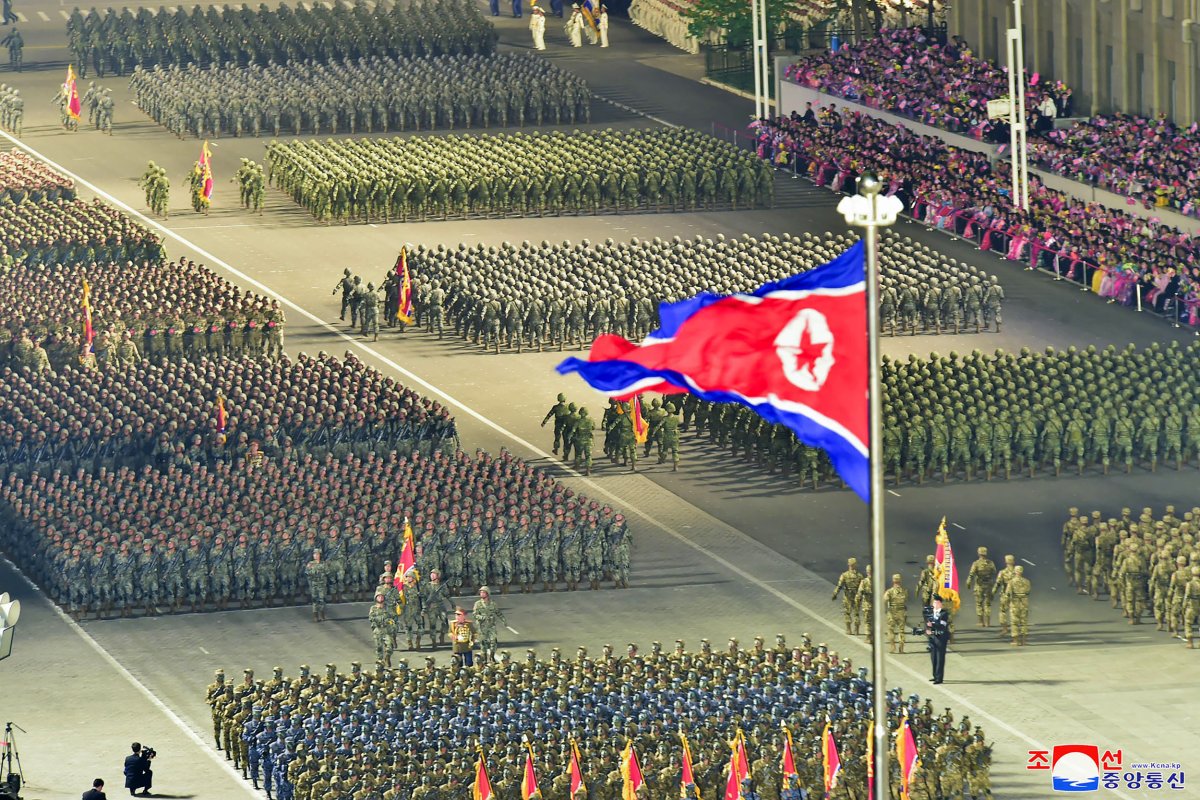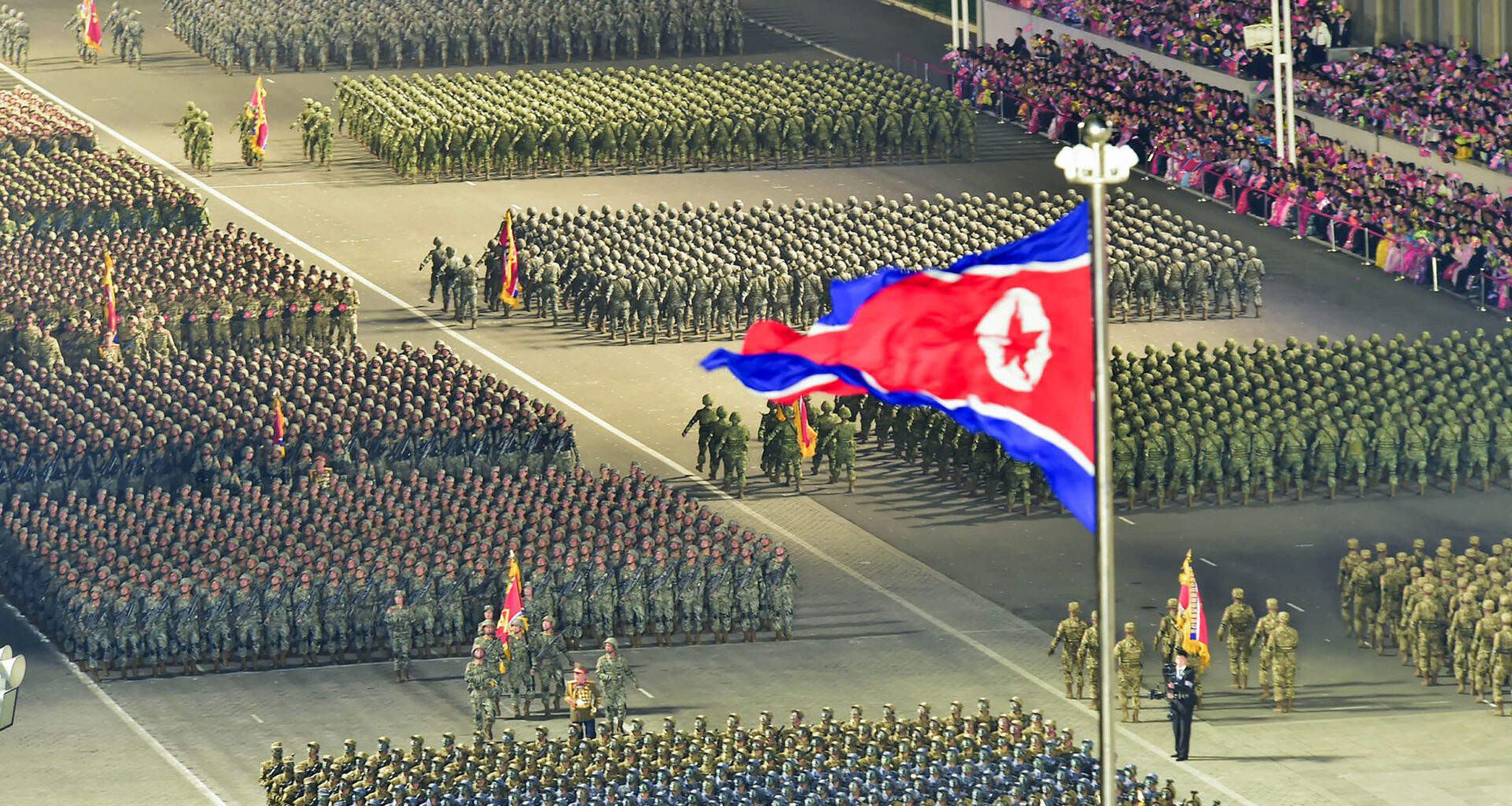North Korea could lose 30,000 to 45,000 troops per month in Ukraine after sending more soldiers to the frontlines, according to the Institute for the Study of War (ISW)’s Russian offensive campaign assessment published on January 22.
Newsweek’s map bellow illustrates activity in the Russia-Ukraine war as of January 22.
Newsweek reached out to the North Korean embassy in the U.K. for comment via email.
Why It Matters
Pyongyang will reportedly send additional troops to the battlefield by mid-March, and if they maintain the current pace of assaults in Kursk, they may suffer significant losses, the Washington-based think tank said in it’s recent assessment.
The ISW’s prediction that North Korea could lose up to 45,000 soldiers per month indicates that they are not capable of sustaining the war effort in Kursk, suggesting they are not prepared for battle. Further, the sustained losses of troops will only add to Russia’s manpower problem and could possibly sour relations between Moscow and Pyongyang.
What To Know
An anonymous senior U.S. defense official told the New York Times that North Korean reinforcements are expected to arrive “within the next two months,” but they did not specify the number of troops, if Pyongyang is rotating its forces, or if they are increasing the size of its total force grouping in Russia.
South Korea previously reported in late December that the Democratic People’s Republic of Korea (DPRK) will deploy more troops and send additional equipment to Russia after North Korea suffered significant losses. Russia has previously dismissed reports of North Korean troops fighting in Kursk as “fake news.”
Noting the time period in which North Korean troops reportedly trained for at least a month in eastern Russia before engaging in battle, the ISW wrote: “This timeline roughly coheres with the possibility that a fresh contingent of North Korean forces could undergo training and replace the shrinking North Korean group in Kursk Oblast by mid-April 2025, assuming the reported next batch of North Korean troops will train for the same duration as their predecessors, and deploy to Russia imminently in late January or early February 2025.”
The ISW predicted that additional DPRK troops are “unlikely to decisively improve Russian operations” and will suffer about 30,000 to 45,000 casualties per month if they “sustain Russia’s tempo of operations despite heavy losses.”
Part of the issue stems from a lack of ability to communicate between the two forces. In addition to two alleged clashes between the allied forces due to “troop identification errors,” a Ukrainian commander claimed that North Korean troops had added a translator who speaks Russian, but suggested that “these groups are still not very effective.”
As such, the ISW assessed that “North Korea’s high casualty rate and interoperability difficulties with Russian forces will affect the lessons that the North Korean military command will learn from fighting in Russia’s war.”
Ukrainian president Volodymyr Zelensky said that 3,800 North Korean troops had been killed or injured in Kursk in early January, as the fighting has escalated on the frontlines.
A total of 12,000 North Korean soldiers were initially deployed to Russia and were first reported to have engaged in battle in November 2024. As they had not engaged in serious combat since 1953, the troops appeared underprepared and therefore have sustained such high casualties.

North Korean troops marching in a military parade in Pyongyang, North Korea, on April 25, 2022.
North Korean troops marching in a military parade in Pyongyang, North Korea, on April 25, 2022.
Uncredited, KCNA via KNS/Associated Press
What People Are Saying
Anton Gerashchenko, the former Deputy Minister of Internal Affairs of Ukraine, wrote on X, formerly known as Twitter: “North Korea will soon send a new group of military personnel to the war against Ukraine, The New York Times reported, citing the Pentagon. Reinforcements are expected “within the next two months,” according to one senior U.S. defense official. Overall, North Korea’s armed forces number 1.2 million. It is one of the largest regular armies in the world. Last fall, North Korea sent about 11,000 soldiers to aid Moscow’s forces in the Kursk region of southern Russia.”
“Since their first combat engagement in early December, roughly one-third of the North Korean soldiers have been killed or wounded, Ukrainian and American officials said,” Gerashchenko added. “Even before it sent troops to Russia, North Korea was a major supporter of Russia’s war effort. It has sent Moscow millions of artillery shells — which now account for about half of the Russian munitions fired daily — and more than 100 short-range ballistic missiles, according to Western and Ukrainian intelligence officials.”
In a previous comment, Kremlin spokesman Dmitry Peskov described reports of North Korean troops on the frontlines as “contradictory,” saying: “North Korea is our close neighbor, our partner, and we are developing our relations in all areas. This is our sovereign right. This should not worry anyone because this cooperation is not directed against third countries.”
Peskov added: “[Moscow would] continue to develop this cooperation.”
What Happens Next
It is unknown how Ukraine and the global powers will respond if North Korea deploys additional troops and equipment to Russia and if the DPRK troops aid Moscow in seizing more territory.
Update 1/23/25, 11:50 a.m. ET: This article was updated to include a map.
